[Part I is here]
By Ctein
While I was satisfied with my Olympus Pen E-P1, there were two areas
where I felt it could use improvement. The most important was exposure
range, which was down in the 10+ stop region. That was just barely
acceptable for me. The Olympus OM-D E-M5
(henceforth to be referred to simply as the OM-D) got me over 1.5 stops more exposure range, which made me happy.
The other was speed. Up through ISO 400 was great on the E-P1, and ISO 800 was usable, although it was pushing the limit for my really serious work (i.e., being able to make 17 x 22" portfolio-quality prints). Above that I ran into problems with large-scale chroma noise, related in this column. In a few situations where image quality wasn't the paramount concern, like roller derby photography, I could get away with ISO 1600, but mostly not.
The technical noise measurements do not hint at how much better the OM-D is. As I explained in the aforementioned column, it's not just about the quantity but quality of noise. The OM-D noise is extremely uniform and fine-grained. Up to ISO 800, it's essentially ignorable. When it becomes bothersome, the faintest whiff of noise reduction will take care of it.
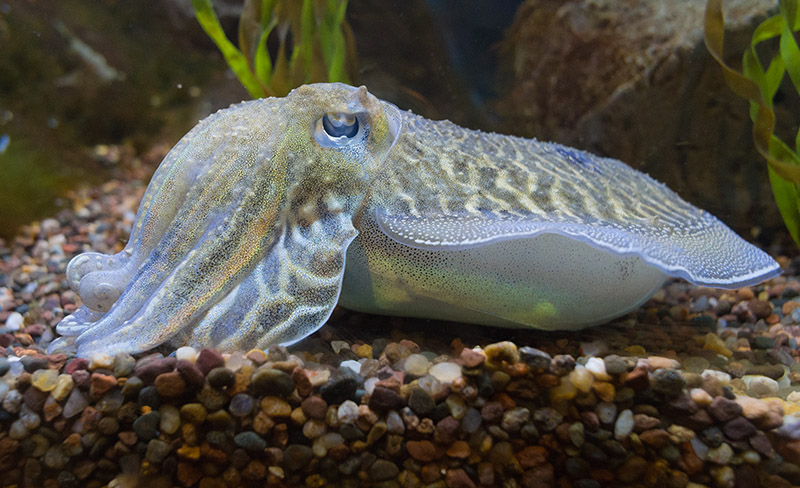 Fig 1. ISO 1600 with the OM-D looks very, very good. I would not hesitate to use it for my portfolio work.
Fig 1. ISO 1600 with the OM-D looks very, very good. I would not hesitate to use it for my portfolio work.
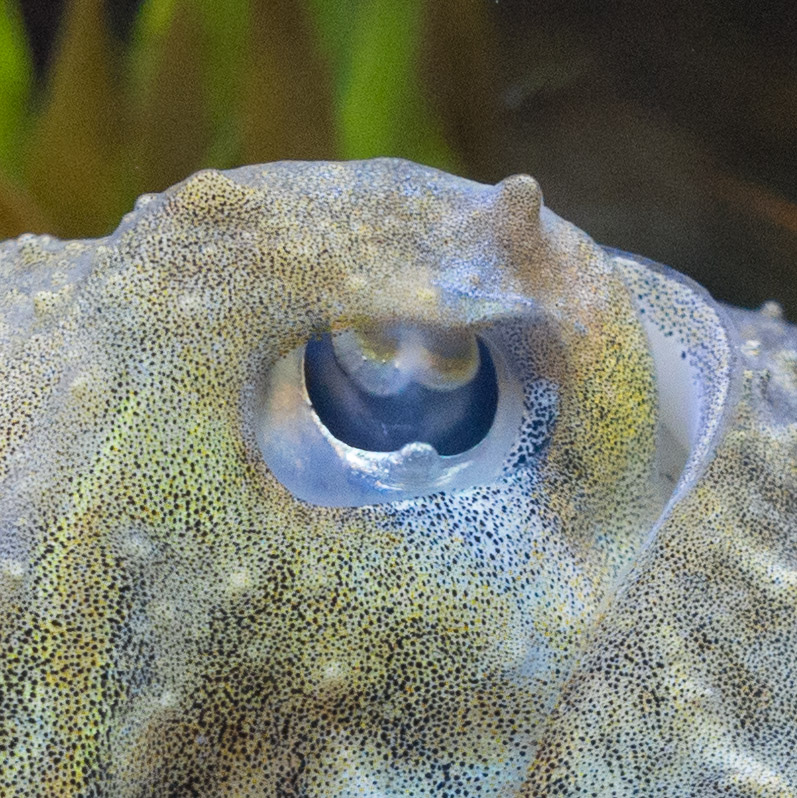 Fig. 2. This 100% section of the photograph shows the very fine and tight pattern of the noise at ISO 1600.
Fig. 2. This 100% section of the photograph shows the very fine and tight pattern of the noise at ISO 1600.
At ISO 1600, noise becomes visible, but the image quality is still excellent. Figure 1 includes the full frame width and figure 2 is a 100% crop from that frame. Yes, you can see the noise, but there's no hint of large-scale patterning. It's very fine and even. The "grain" in a 17x22" print looks very much like what I'd expect from high quality 6x7 cm negatives. It's distinctly better-looking than the Pen at ISO 800. If the subject matter demands a truly grainless look, I can achieve that with an amount of grain reduction (figure 3) that is so modest that it doesn't visibly compromise real subject detail or texture.
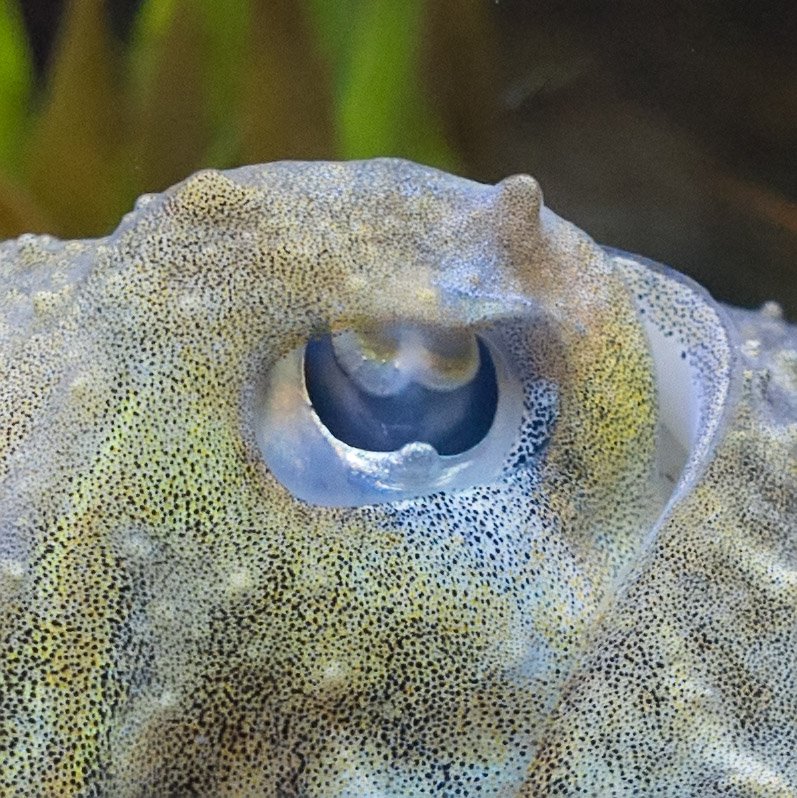 Fig. 3. That noise can be almost completely eliminated with a modest degree
Fig. 3. That noise can be almost completely eliminated with a modest degree
of noise reduction filtering.
At ISO 3200, the overall noise level is still acceptable, but very faint pattern noise appears in the values just above zero. I've brightened and exaggerated a 100% section of an ISO 3200 photographs in figure 4 to make this more visible. If you look carefully, you can see faint horizontal lines in the darkest tones, as if alternating rows of pixels are slightly lighter than their neighbors. Even a modest amount of shadow clipping to get solid blacks renders them invisible. It's not observable with the default settings in Adobe Camera RAW; I can only see it when I've extracted the maximum amount of shadow detail from the file.
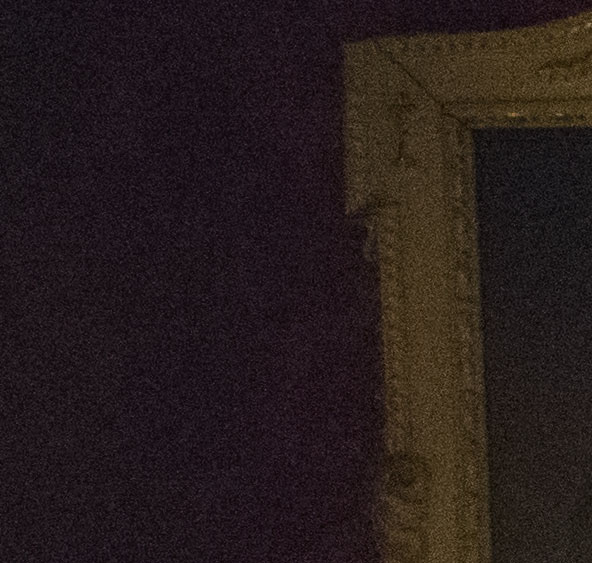 Fig. 4. At ISO 3200, the faintest hints of pattern noise appear in the very
darkest areas. I've brightened and contrast-enhanced this 100% section
to make that more visible.
Fig. 4. At ISO 3200, the faintest hints of pattern noise appear in the very
darkest areas. I've brightened and contrast-enhanced this 100% section
to make that more visible.
With that caveat, it's still portfolio quality. Prints look like very fine-grained 35mm enlargements or moderate-grained 6x7cm enlargements. In practice, what's more likely to inhibit me working at ISO 3200 is the diminished exposure range rather than noise. I'll always keep the ISO as low as I can, but I'm not even going to think twice about cranking it anywhere between 200 and 1000, and I'm not going to think all that long if I need to push threefold beyond.
That's not my limit, although it is nearing the camera's. ISO 6400 and above is what's called "extended ISO." Really, it's just 3200 scratched out and 6400 written in crayon on the dial. Ditto 13K or the ultimate 26K. What the camera's doing is making underexposed photographs that get automatically brightened during processing to look normal.
To put it another way, if you make a photograph at ISO 3200 that's underexposed by two stops and render it with +2 stops exposure adjustment in ACR, it's going to look remarkably like one made at ISO 13K. Why even bother with such faux-ISOs? Because then the compensation's handled for you automatically and the review image you'll see on the camera's display will look normal instead of drastically underexposed.
 Fig. 5. ISO 6400 is usable! I wouldn't go there often, but it ain't half bad.
Fig. 5. ISO 6400 is usable! I wouldn't go there often, but it ain't half bad.
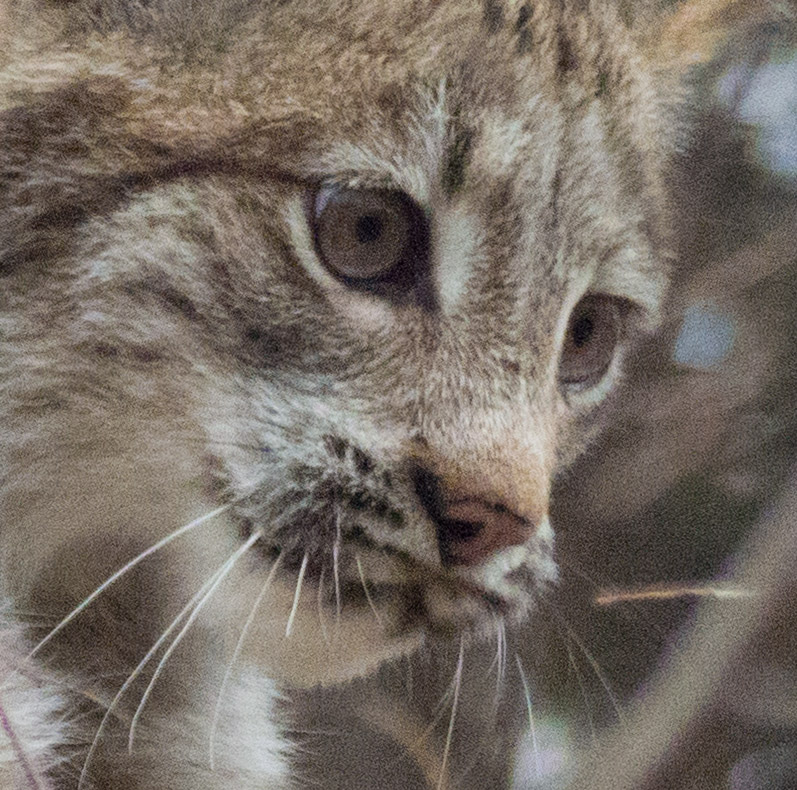 Fig. 6. The noise is pretty obvious in this 100% section, but it's no worse than good ISO 400 35mm film grain.
Fig. 6. The noise is pretty obvious in this 100% section, but it's no worse than good ISO 400 35mm film grain.
Given that, is ISO 6400 usable? Surprisingly, yes. It even looks pretty good, if you don't go digging into the darkest shadows for that linear noise pattern. And, it's useful. Figure 5 was made under heavy overcast, and the mischievous lynx cub was moving mighty fast while trying to precariously balance on some too-thin branches. Submillisecond exposures were where I wanted to be.
Figure 6 is a 100% section of the photograph. The slight haloing and lack of sharpness is because I was shooting obliquely through thick glass; it's not inherent in the camera performance. I'm surprised it turned out as crisp as it did. Grain is now clearly evident, but remember that the on-screen image is much like looking at a section of a 30x40" print. I've dropped below medium format quality, in my judgement, but it's not dissimilar to a 35mm print from pull processed Tri-X. Ignoring the color business.
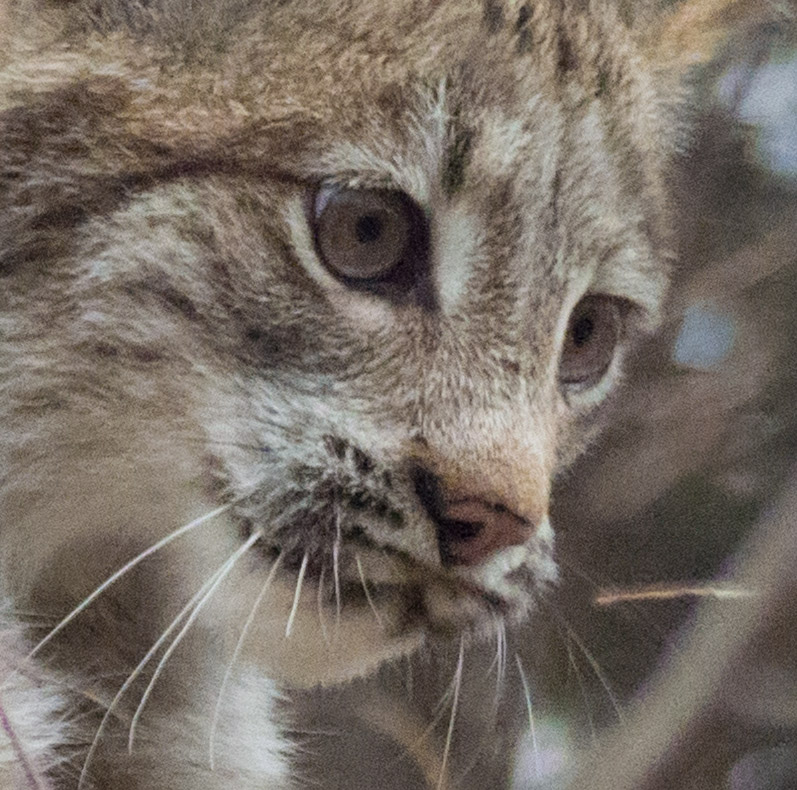 Fig. 7. Noise reduction filtering can significantly improve ISO 6400, although
it can't eliminate it without trashing fine, subtle detail.
Fig. 7. Noise reduction filtering can significantly improve ISO 6400, although
it can't eliminate it without trashing fine, subtle detail.
This is more noise than I can safely eliminate with filters, but I can suppress it. Figure 7 is about as far as I'd want to push without compromising subtle subject detail. It's still noisier than unfiltered ISO 3200, but I could go there. If I had to, that is, not really by choice.
But, wow—usable, halfway decent ISO 6400 that's better than the ISO 1600 I got out of my old camera? I'm okay with this.
What if you really need to pull out all the stops? 26K, anyone? You will get a usable photograph; see the 100% section in figure 8. It's not going to have much to recommend it: drastically reduced exposure range and very high noise levels, along with the now-omnipresent linear pattern and large-scale chroma noise (the blotchy color in the neutral gray car). There are two situations in which I could imagine using this setting: either I've stumbled across a First Contact or the Second Coming. Short of that, I can't think of anything that would make me go there. But it is there.
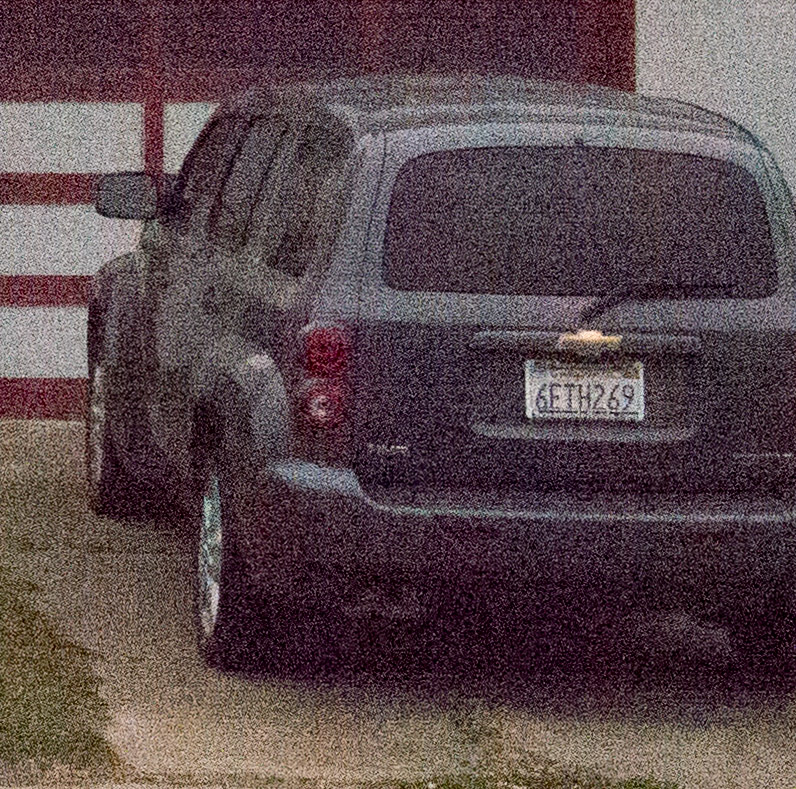 Fig 8. Want to pull out all the stops? ISO 26K is available, so long as you
keep your expectations as low as your ISO is high (100% section).
Fig 8. Want to pull out all the stops? ISO 26K is available, so long as you
keep your expectations as low as your ISO is high (100% section).
Summary? This is so much better than my old camera that I've retired the Pen. I don't even care about it as a second body. If I want a spare, I'll buy another OM-D.
What will I do with the Olympus Pen? Well, I've been toying with the idea of seeing if I can talk someone into hard-converting it for monochrome work. That would be a whole 'nother adventure, doncha think?
Ctein
Ctein pushes the limits every week on TOP. His column appears on Wednesday.
Original contents copyright 2012 by
Michael C. Johnston and/or the bylined author. All Rights Reserved.
Links in this post may be to our affiliates; sales through affiliate
links may benefit this site.
A product of interest today:
(To see all the comments, click on the "Comments" link below.)
Featured Comments from:
Patrick Perez: "Am I correct in assuming that 'hard-converting it for monochrome work' would require not only removing the color array, but also rewriting the Raw software to remove de-mosaicing? I'm just trying to wrap my brain around the problem."
Dennis: "I have had the same experience with the OM-D vs. the E-P1 I've had for three years. I put the E-P1 up for sale on Amazon, but when you can buy relatively new Micro 4/3 bodies at steep discounts all the time, it wasn't going anywhere. So I'm just going to give it to a cousin who's looking to get into digital photography."
Mark Kinsman: "Thanks for a great hands-on real-world impression of the OM-D. I've had mine for a few months now, debating whether to go deeper into better glass. The Olympus 45mm and the Pany 25mm really reinforce what good glass on this body can deliver. Your bridge print is what convinced me to try Micro 4/3. Now, if only you would test the Panasonic 12–35 ƒ/2.8...."
Colin Work: "Although I still have some niggles with the EM-5, high ISO performance is not one of them—especially when converted to B&W. Twenty-five years ago I used to roam the streets of Dublin shooting Ilford's FP-4 and HP-5. The other weekend I went back with my EM-5 and went walk about. I was more than delighted to find the 'look' of the images was very similar to my old film work. But I also discovered this is a camera I can safely trust to use auto-ISO...in the 200–1600 range, it doesn't really matter what ISO the camera picks—it all works beautifully. That, coupled with the discreet size and tilt screen, may make this the best street camera ever."

Hi Ctien
Reading your comment about the Lynx image looking like 400 ISO. Colour negative film rang true with me.
I always felt that the EP1 gave images which look like good quality colour neg but at 6400 that says a great deal about the digital journey.
I have not yet ventured beyond 400 on my OMD but you have tempted me.
I have just supplied an A2 print on Gold Fibre Silk from the OMD which was excellent ( content not withstanding).
I still use my EP1 but less so than the OMD.
Regards
David
Posted by: David Aspinall | Wednesday, 21 November 2012 at 01:01 PM
These are the tests like we need them - thank you Ctein!
Posted by: Wolfgang Lonien | Wednesday, 21 November 2012 at 01:17 PM
One test I'm afraid to do is to compare the OM-D and the D800 directly....
I'm waiting until I can compare prints. Yeah, that's it.
Mike
Posted by: Mike Johnston | Wednesday, 21 November 2012 at 01:37 PM
I bought into m4/3 last Christmas with because of 2 things. The first was that the E-PL1 I got was the first decent interchangeable lens camera that was cheap enough I could afford it but the second was the belief that Olympus & Panasonic would keep up the improvements in the system so that, as time went on, I would see the fruits of that improvement. So far, it seems, that's going to be true. Now I just need to get more native glass.
Posted by: William Barnett-Lewis | Wednesday, 21 November 2012 at 01:56 PM
Tempting, always more tempting...now, which lenses ? Hmm, I'll think about...
robert
PS: thanks for the review :-)
Posted by: robert quiet photographer | Wednesday, 21 November 2012 at 02:01 PM
One thing I noticed when I switched from my E-P1 to an E-PM1 and an E-PL3 was an improvement in the quality of noise at ISO 1600. It might have just been my specific samples, but it made ISO 1600 useful for taking pictures of my kid. Your ISO 6400 sample looks better than what I'm getting at ISO 1600 on the E-PM1/E-PL3, suggesting that it's perfectly acceptable for social and family photography. That puts the dimmer zoom lenses on the table for indoor shots. Yeah, I need a camera with one of these new sensors right away.
Posted by: Nicholas Condon | Wednesday, 21 November 2012 at 02:53 PM
Ctein, any chance we could see a really dark ISO 6400 shot and a 100% crop?
Posted by: James Sinks | Wednesday, 21 November 2012 at 02:58 PM
"What will I do with the Olympus Pen?"
Infra-red conversion?
Posted by: Hugh | Wednesday, 21 November 2012 at 03:06 PM
I'm interested in your comparison of the OMD with 6x7, because this is basically the calculation that I made when deciding to go "all in" (sorry, Ms. Broadwell) on micro-43 by dumping my other cameras. My standard had been medium format (Mamiya 6, specifically), my system of choice for many years. I'm finding that the OMD with good lenses gives very comparable quality in 17x22 prints. And yet, an analogous OMD kit (camera, 14, 20, and 45mm primes) is about a third of the weight, size and price of my old film-based system, not to mention all of its technical capabilities and easier workflow. Great time to be a photographer.
Posted by: cmp | Wednesday, 21 November 2012 at 03:17 PM
@Mike
I for one would love to see your direct comparison between the D800 and the OM-D.
Posted by: FW Scharpf | Wednesday, 21 November 2012 at 03:29 PM
Thanks for the impressions, articles like these help people like me deciding whether the OM-D is a worthwhile purchase. I'm afraid if the drop in image quality from my D800 is too much to bear, but OTOH there are certain things that I would need a smaller camera, face detection and contrast-AF for (not all simultaneously).
The quality of the noise is really critical. With my GF1, I feel that the image gets noisy all too quickly, but in good conditions I've managed to get pretty high quality out of it.
How did you feel about the exposure range and color reproduction, particularly when increasing the ISO? I'm most sensitive to losing the ability to make contrast adjustments fairly freely and "muddying" of colors. This especially applies to high-contrast landscape type scenes, night photography and BW conversions. I usually shoot between 100 to 800 ISO, sometimes going to 1600 but beyond that is not usual.
Posted by: Oskar Ojala | Wednesday, 21 November 2012 at 05:15 PM
Removing the CFA would also require removing the microlenses too. At a cost of sensitivity and more vingetting, I suspect.
Development of a monochrome RAW could be done with with dcraw using the -D option:
dcraw -D -W -4 -T
will give 16 bit linear nondemosaiced output in a TIFF (IIRC).
Posted by: Kevin Purcell | Wednesday, 21 November 2012 at 06:09 PM
Thanks for the informative write-up. I've been keenly reading about the OM-D, not so much for the camera itself, but for the sensor, which has apparently made its way into the Pens (EPL5 and EPM2). For me, these new Pens with the 16MP sensor and sufficiently fast AF appears to be the inflection point where m43rd is good enough and compact enough for day-in day-out shooting/reportage/lugging, replacing the DSLR in that role.
Posted by: Jimbo | Wednesday, 21 November 2012 at 06:49 PM
I hate columns like this. Just when I'm working on getting cozy with my Chamonix and love the feel of an OM or T4 and lovely filmic images, along comes this.
Posted by: Earl Dunbar | Wednesday, 21 November 2012 at 07:23 PM
This last weekend I was using my OM-D in low light for the first time. Apart from the great high-ISO, I'm also very impressed by the IS, too. Overall I reckon I'm getting about 4-5 stops more useable range in hand-holding without flash. Perfect for my available darkness style.
Posted by: Martin Doonan | Wednesday, 21 November 2012 at 08:34 PM
@ Mike -- I'm doing that (but with 800E) this weekend -- but not for high iso, rather just how different do 17x22s look with good glass (35mm f2 AIs) on the D800.
Posted by: Alan Fairley | Wednesday, 21 November 2012 at 08:42 PM
Forget the camera; I'd like to know where I can go and still see lynx cubs climbing in the trees?
cfw
Posted by: Carl Frederick | Thursday, 22 November 2012 at 07:30 AM
Dear Carl,
Minnesota Zoo. Also leopard and tiger cubs.
OK, everyone together now:
Aaaaaaawwwwwwwww.
pax / Ctein
Posted by: Ctein | Thursday, 22 November 2012 at 11:00 AM
I love real-world reviews like these, that deal with issues of usability, setup, ergonomics, haptics, and practical IQ. Thank you, Ctein!
I'll admit, I'm sorely tempted by the new Sony RX-1. My right brain, though, tells me to go with the OM-D (or NEX-7; I'll make up my mind at Keeble & Shuchat after the holidays) and a couple of lenses (edge here to Olympus), and use the difference in cost to go somewhere interesting to shoot. Come to think of it, we're about due for another visit to my wife's family in Vietnam...
Posted by: Daryl Davis | Thursday, 22 November 2012 at 12:38 PM
When I started reading TOP years ago, I never thought I would see as much content and images on pixel peeping as I'm seeing these days, and I hate to say it, but it's getting pretty tiresome.
There are LOTS of cameras these days with amazing high ISO, low light performance, not just the OM-D or the D800.
So instead, how 'bout we get back to creating and discussing compelling images rather than zooming in on the whiskers of a lynx or a loudspeaker on a telephone pole?
I'll even help kick it off: here's some street photography with the ever sweet Fuji XP1:
http://photos.imageevent.com/puma_cat/fujix10pics/Chinatown%20-12.jpg
Posted by: Stephen Scharf | Thursday, 22 November 2012 at 09:10 PM
"What will I do with the Olympus Pen? Well, I've been toying with the idea of seeing if I can talk someone into hard-converting it for monochrome work. That would be a whole 'nother adventure, doncha think?"
Hi Ctein, I'm working on this right now. The good folks at MaxMax have done this with Canon and Nikon DSLRs and are working out the method for Micro 4/3 sensor. It isn't going to be cheap though. They charge about $1000 for the DSLR conversions because they are way harder to do than IR conversions, and many good sensors die miserable deaths in the process of working out the methods.
Posted by: Amin Sabet | Friday, 23 November 2012 at 07:35 AM
I tawt I taw a puddy tat. Cute cat. Make good pets, do they? We don't have lynxes in Oz. Maybe it's best.
Seriously, my flirtation with my Olympus E-PL2 is over. I've found I can't live with just a rear screen. In full daylight, it's sheer guesswork. I partly bought it to adapt my Zeiss Contax G lenses and Minolta MDs. Yes, they fit, but what's the point if I can't see to focus?
A similar problem applies with my Pentax K-5 - I like to shoot a bit of video, but I didn't realise how hard it would be to operate with no AF and viewing on rear screen only. Unless I use a black cloth (feasible, as the camera's usually on a tripod for video) it's too hard.
So I'll be selling the Oly on but what a difficult choice to replace it. OM-D for image quality, Panasonic GH3 for video quality (but losing IBIS), or a dedicated video camcorder? But I've experienced the conflict when travelling - stills or video? It's pretty near impossible to do both unless they're combined in the one body.
Nice to have the choices, anyway.
Posted by: Peter Croft | Friday, 23 November 2012 at 08:27 PM